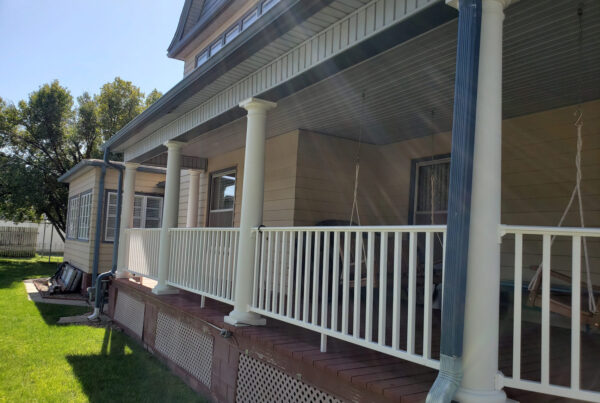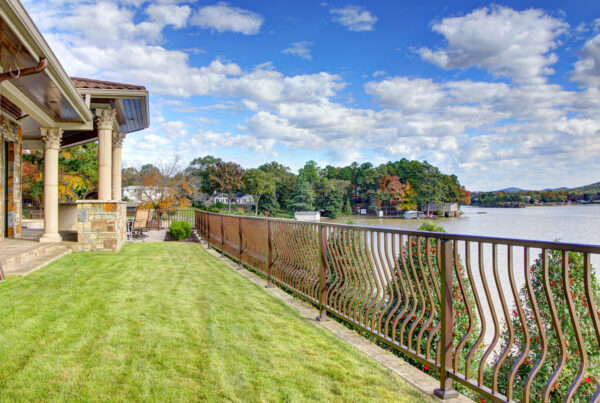Wood has different strength properties when loaded in different manners. In fact, there are six main design values that are published for lumber and timbers in order for engineers to appropriately design a structure.
Bending
Two values are published for bending properties. The fiber stress in bending, Fb, relates to the breaking strength of a piece when loaded in bending. The Modulus of Elasticity, MOE, or E, relates to the stiffness of a loaded piece in bending. The stiffness is determines how much a piece bends as well as the magnitude of vibrations, say when someone walks across a floor. The following figure shows an example of a beam loaded with a bending load:
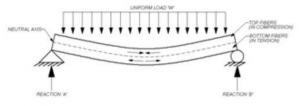
Tension
The fiber stress in tension, Ft, is related to the breaking strength of a piece when loaded in tension. One common application where tensile loads can be critical is in the bottom chord of a roof or floor truss.
Compression
Wood strength varies depending on how the load is applied relative to the growth rings of the tree. There are two compression properties of interest. Fc// is a strength value upon loading the piece parallel to the grain of the piece. This type of loading occurs when wood is in a column, and generally in the top chords of trusses. The second compressive property of interest to engineers is Fc┴, compression upon loading the piece perpendicular to the grain. This, similar to E, is a serviceability consideration and the published design values are based on the compressive load required to create 0.04” of crushing.
Example of a truss and the tension and compression parallel to grain forces:
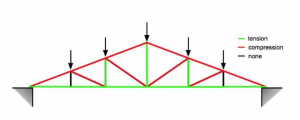
Horizontal shear, or Fv
Shear is the force that makes layers slide against each other, as shown in the following picture. Maximum shear forces occur at the ends of members used as beams.
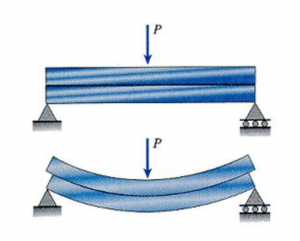
Each size and grade of a species of wood may have different design properties. The publishing of the design values for Southern Pine is in the SPIB grading rules as well as in the National Design Specification supplement, published by the American Wood Council (AWC).
All of these properties are important for properly designing wood structures. Span tables are appropriate in building some structures that show the maximum spans for certain members based on the spacing and loading of the members. More complicated structures require more sophisticated analysis of applied loads. All structures benefit from careful design of the connections that hold the members together.

